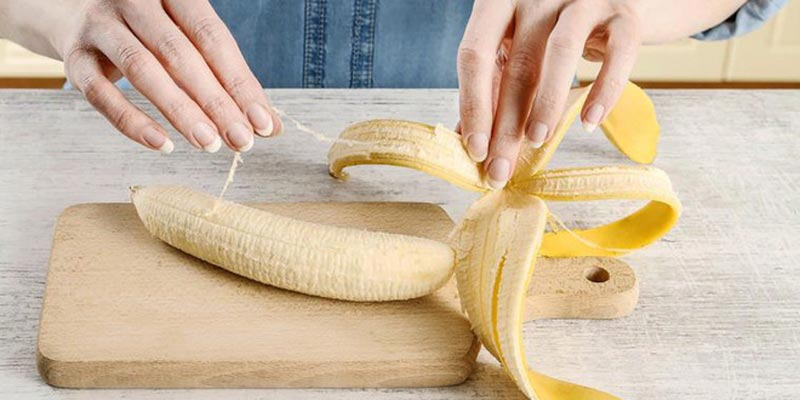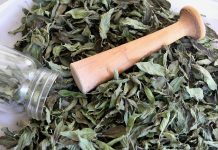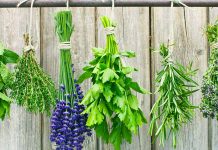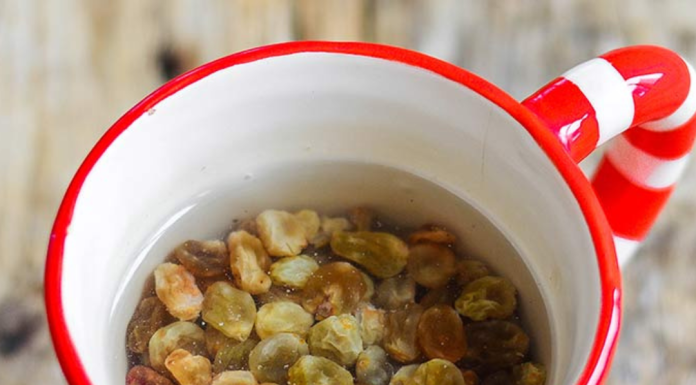Now, let’s talk health benefits. Those strings, along with the bananas they accompany, are packed with essential vitamins and nutrients, including potassium, fiber, vitamin A, and vitamin B6. And if you’ve ever shied away from overripe bananas with brown spots, you might want to reconsider. These bananas not only contain more of these beneficial nutrients but also have unique properties that can combat cancer cells and help regulate blood pressure.
In essence, those phloem bundles—and the bananas they’re attached to—offer more than just a quick snack. They’re a bundle of nutritional goodness, providing numerous health advantages. Next time you come across these strings, remember the incredible journey of nutrients they signify and the essential role they play in bringing that delicious banana to your hand. Here’s to embracing the full banana, strings and all, for a healthier, happier you!
Those banana strings have a name
Phloem bundles. This seemingly simple four-syllable word, which sounds like something out of a biology text book, belies the very important role it plays in the life cycle of everyone’s favorite yellow fruit. Essentially, these irritating bits are key in moving nutrients up and down a banana. Without phloem bundles, we would have neither bananas nor the wonderfully delicious things we make with them, like banana smoothies, banana bread, and healthy ice cream.
According to Nicholas D. Gillitt, the vice president of nutrition research and director at the Dole Nutrition Institute, and a man with a Ph.D. in physical/inorganic chemistry, banana strings are perfectly safe to eat. Phew!
“In general, all parts of fruits are healthy. We eat the skins of apples, pears, etc., and we could eat the skins of bananas—including the phloem bundles—if we find them palatable, but there is no evidence to suggest they are harmful,” Gillitt told the Huffington Post.










